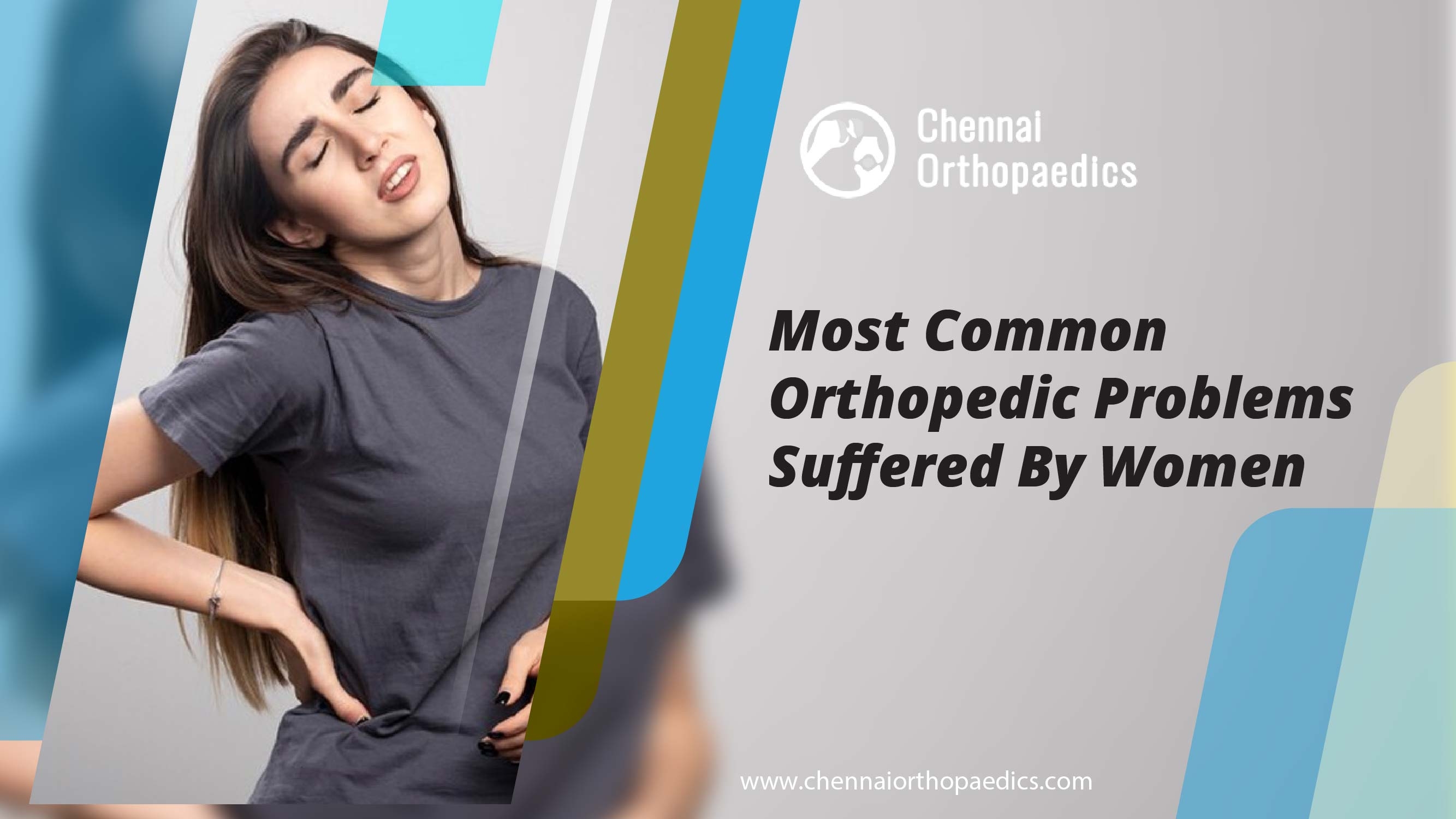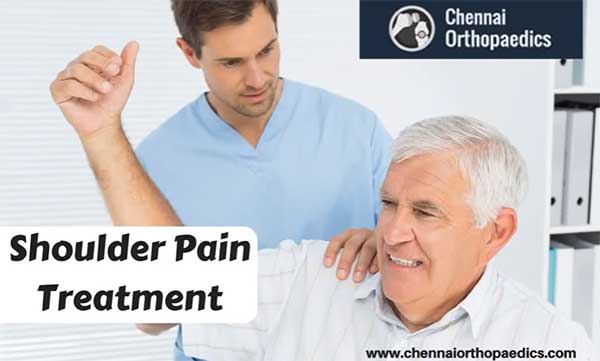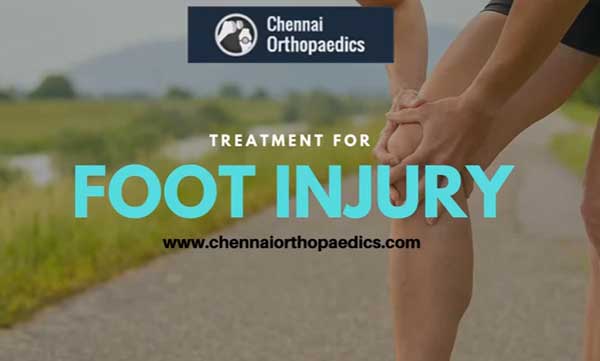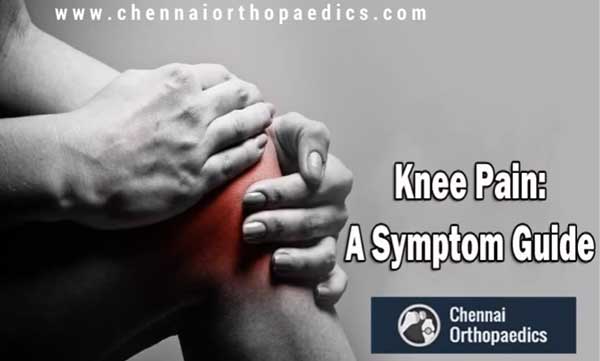Date :23-Mar-2024
Most Common Orthopedic Problems Suffered By Women
The human body goes through so many physical activities daily and the gender factor plays a vital role here. Both men and women equally partake in all kinds of physical activities in daily life and are prone to various health concerns too. These concerns can be associated with bones muscles and joints. However, certain orthopaedic challenges impact women more than men. So it’s time to shed light on these common orthopaedic problems faced by women. Let’s take a look at them one by one.

Osteoporosis
Osteoporosis is a condition where bones become weaker and brittle making them prone to poor bone density and fractures. These fractures often happen in the hip, spine, arm, or leg, and they can be painful. In women, as they get older and go through menopause, their estrogen levels drop. Estrogen helps keep bones strong as calcium does. But when estrogen levels go down, bones can get weaker and easier to break. Osteoporosis happens much more often in women than in men, about four times as much.
If you're worried about osteoporosis, there are things you can do to lower your risk and make it less likely to happen to you. One of the best things you can do is exercise regularly and eat a balanced diet. This is super important, especially when you're a teenager or young adult. It helps keep your bones strong as you get older.
Carpal Tunnel Syndrome
Carpal Tunnel Syndrome (CTS) causes swelling, pain, tingling, and weakness in the wrist and hand. Women are three times more likely to get CTS than men, usually between ages 30 and 60. Conditions like diabetes, high blood pressure, and arthritis increase the risk. You can prevent it through ergonomic adjustments, regular breaks, wrist splints, and exercises to alleviate strain.
Plantar Fasciitis
Plantar fasciitis stands as a prevalent source of heel discomfort, characterized by the inflammation of a sturdy band of tissue spanning the underside of the foot, linking the heel bone to the toes, known as the plantar fascia.
This condition usually causes sharp, stabbing pain, especially when you first get up in the morning. But as you start moving around, the pain usually gets better. However, it might come back after standing for a long time or when you stand up after sitting down.
The most common treatments for plantar fasciitis are rest, icing the foot, wearing supportive shoes, massaging and stretching exercises.
Morton’s Neuromas
Morton's neuroma is a painful problem that affects the front part of your foot, usually between your third and fourth toes. It might feel like there's a small rock in your shoe or a wrinkle in your sock.
This condition happens when the tissue around one of the nerves in your toes gets thicker. It can cause a sharp, burning pain in the front part of your foot. Your toes might also feel like they're stinging, burning, or numb. The treatment for this condition includes arch supports and foot pads, strength exercises, wide-toe shoes or surgery.
Fibromyalgia
Fibromyalgia is a chronic condition characterized by widespread musculoskeletal pain, fatigue, and tenderness in specific areas of the body. While the exact cause of fibromyalgia remains elusive, it predominantly affects women, with a ratio of about 8:2 compared to men.
Factors such as genetics, infections, and physical or emotional trauma may contribute to its onset. Management involves a multidisciplinary approach, including medication, physical therapy, stress management techniques, and lifestyle modifications.
Conclusion
Only if we take proactive steps today we can lead a healthier tomorrow. The first step should always go towards prevention, early detection, and effective management of these conditions. Through education and personalized care, we can ensure that women lead fulfilling lives, free from the shackles of orthopaedic ailments. Remember, investing in women's health is not just an individual choice but a collective responsibility towards building a healthier, more equitable society.
Authored By Dr Bharani Kumar Dayanandam,MBBS,Orthopedic Surgeon














